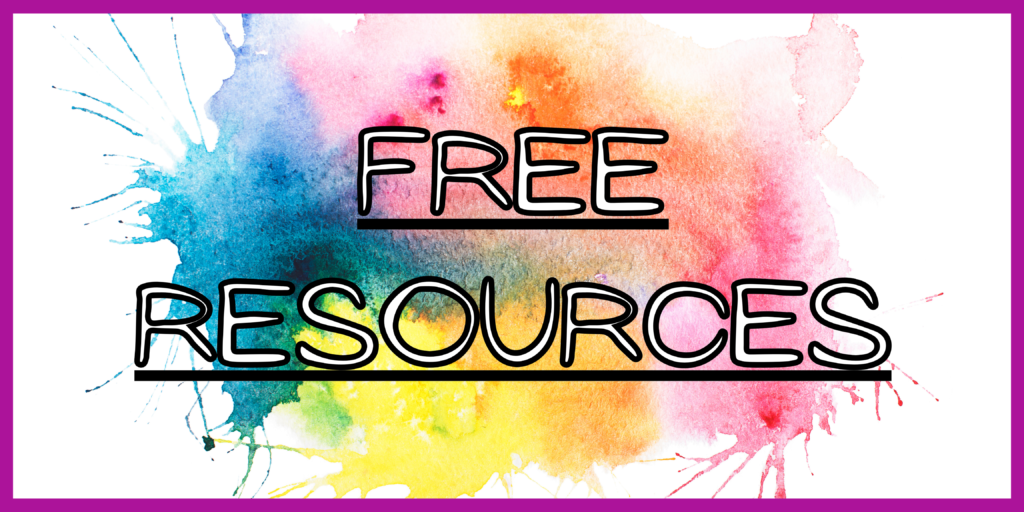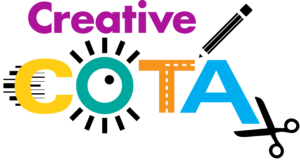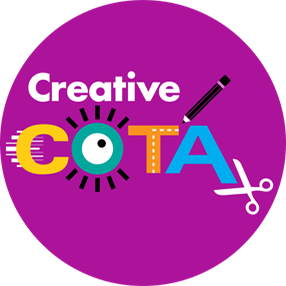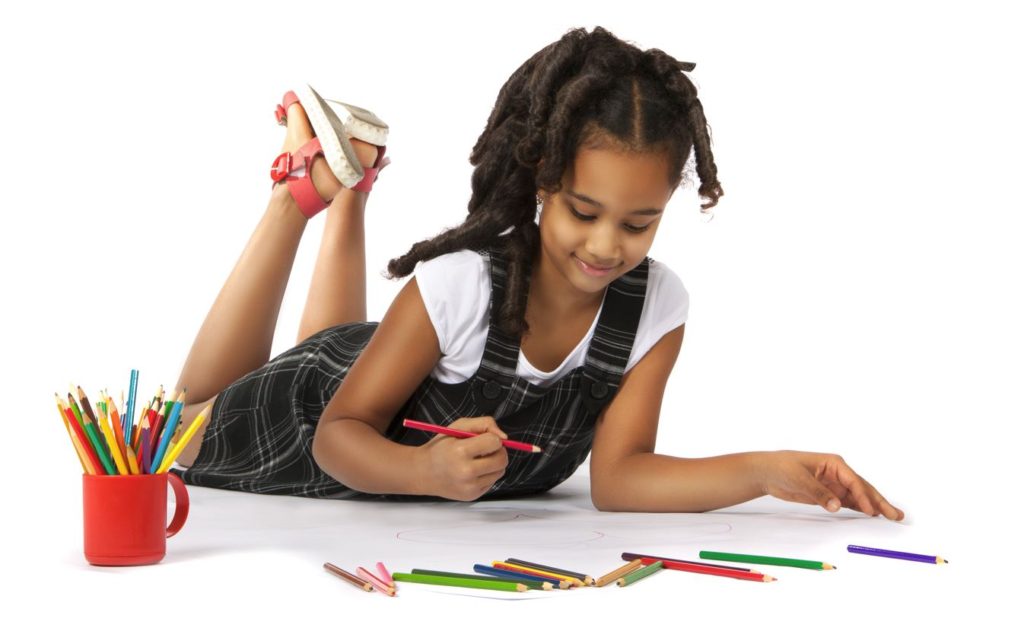
How to Improve Typing Speeds and Handwriting Legibility
As the school year kicks off, it’s the perfect time for educators and occupational therapists to consider innovative ways to integrate upper body strengthening and gross motor movement into the daily routine. Recognizing the importance of frequent motor breaks, not only for improving on-task behavior but also for enhancing upper extremity strength crucial for fine motor tasks, can pave the way for a successful academic year. This blog post explores practical ideas to seamlessly incorporate these activities into both classroom and therapy sessions, offering benefits for students and time-saving solutions for educators.
Benefits for Students:
- Improved On-Task Behavior: Frequent motor breaks have been proven to enhance on-task behavior by providing students with a necessary outlet for releasing pent-up energy and promoting focus during academic tasks.
- Enhanced Upper Body Strength: Engaging in upper body strengthening activities contributes to increased muscle strength, benefiting fine motor skills essential for tasks like handwriting and keyboarding.
- Better Keyboarding Speeds: Strengthening the upper extremities directly correlates with improved keyboarding speeds, a skill increasingly relevant in today’s technology-driven educational landscape.
- Improved Handwriting & Letter Legibility: Upper body strength and stability play a crucial role in refining handwriting skills, ensuring better letter legibility and overall writing proficiency.
Practical Ideas for Incorporation:
- Prone Lying Activities: Encourage students to work, read, or attend morning meetings while lying on their stomachs. This simple adjustment offers a reminiscent “tummy time” experience, promoting upper body strength.
- Back-Lying Strategies: Explore activities where students can read or tape their papers under desks, allowing for effective upper arm strengthening in a comfortable position.
- Stations with Clipboards: Utilize write-the-room or count-the-room activities on clipboards to encourage the use of both hands, fostering bilateral coordination and upper body strength.
- Brain Breaks with Gross Motor Movement: Infuse movement and strengthening breaks into the daily schedule to not only build physical strength but also enhance overall focus and attention.
Explore a variety of resources designed for occupational therapy and special education caseloads, suitable for typical elementary school students as well. Check out these resources that offer versatile options for integrating upper body strengthening and gross motor activities seamlessly into your curriculum throughout the school year.

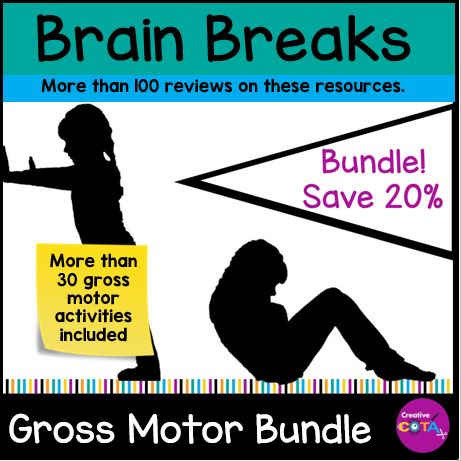
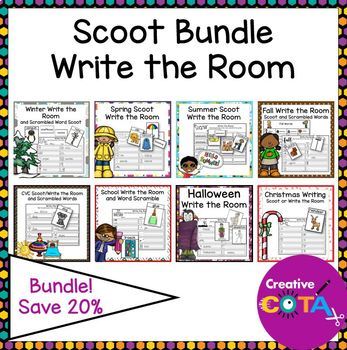
You can also check out my free resource library. Here are some of the free motor ideas that are listed there.
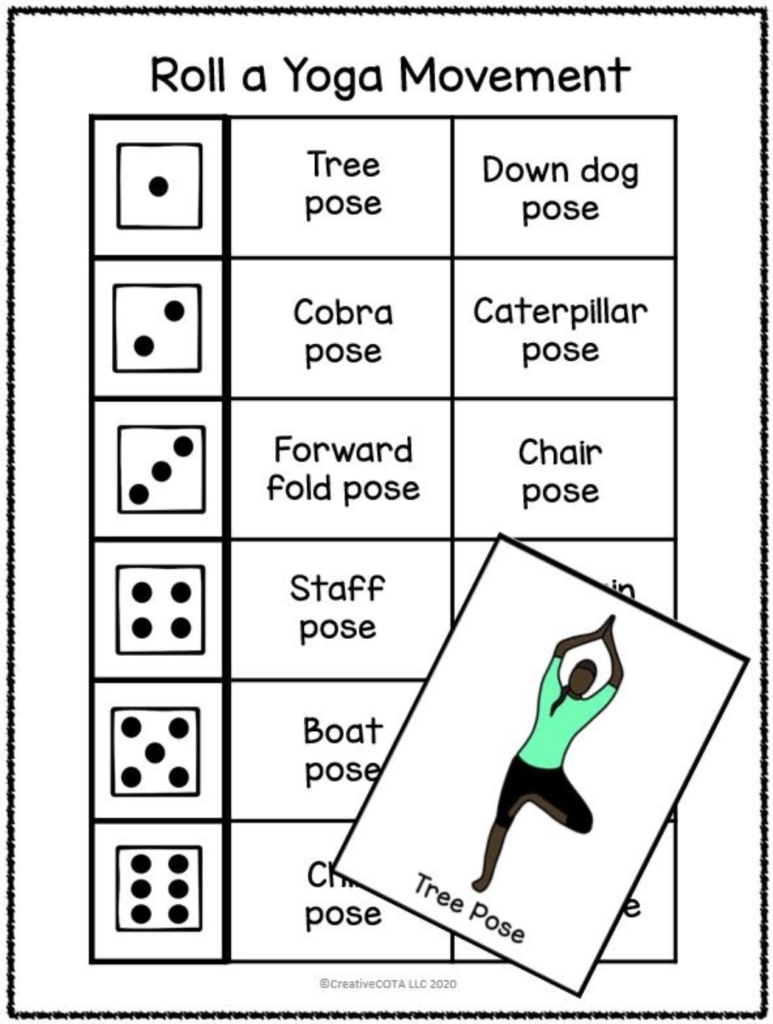

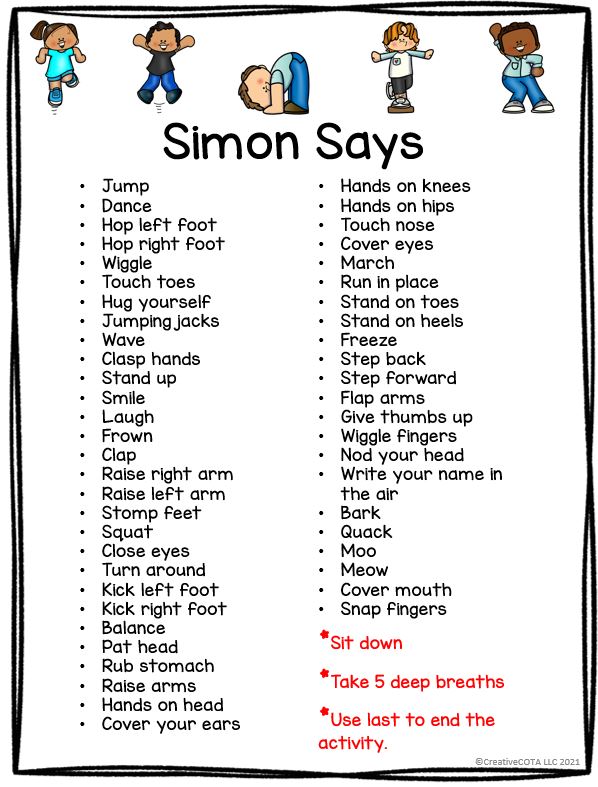
By strategically incorporating upper body strengthening and gross motor movement into the school day, educators and occupational therapists can create an environment that fosters improved student behavior, enhanced upper extremity strength, and greater academic success. With a myriad of resources available, this approach proves to be both beneficial for students and time-efficient for busy educators.
I hope you found a few ways to incorporate movement and strengthening into your student’s school day. You can follow my TpT Store and get 50% off all new resources for the first 48 hours.
About the Author
I am a Certified Occupational Therapy Assistant (COTA) and have been working in a public school system for more than 25 years. My resources can be found on TPT, BOOM Learning, Made by Teachers, Classful, and Your Therapy Source. I appreciate your interest wherever you wish to shop.
My mission is to help you find creative ideas to incorporate fine motor, visual perception, gross motor, and social-emotional learning into your lessons.
I hope you consider signing up for my Free Resource Library with your Email. I send out emails about once a week and share resources, tips, and planning ideas for your classroom or occupational therapy needs. Hopefully, these help your students work on building their skills in a fun and engaging way.
